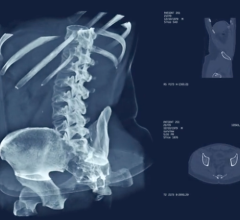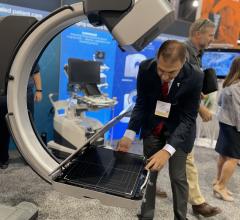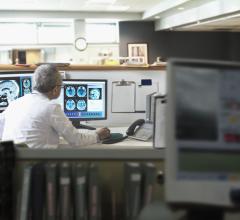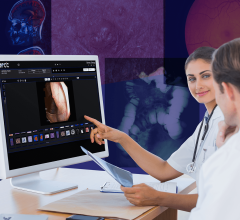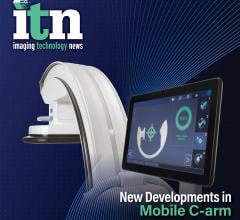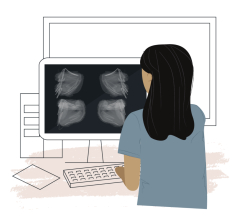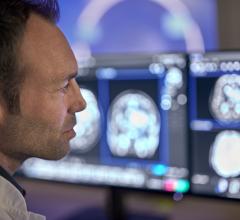
Getty Images
February 2, 2021 — In response to the lockdown and social distancing measures enacted to combat the spread ofCOVID-19, healthcare providers have increasingly adopted the use ofremote technologies. According toGlobalData, a leading data and analytics company, companies spent an estimated $115B globally oncybersecurity预计到2030年,收入将攀升至2370亿美元。
Solutions, such as telehealth and remote patient monitoring, have allowed physicians to continue to provide care while minimizing patient risk. However, the incorporation of software has increased the risk of cyberattacks at numerous points in the healthcare system.
Dominic Tong, Medical Devices Analyst at GlobalData, commented: “Recent large-scale cyberattacks in the healthcare sector, such as ransomware attacks on hospital chains and vaccine data breaches, have underscored the importance of robust cybersecurity solutions and protocols. Damages from these attacks are significant: repairing electronics at a cost of millions of dollars; leaked patient records containing sensitive information; and even loss of life due to disruptions in hospital computer systems.”
The influx of new remote-accessible devices, fromwearable sensorsthat upload patient health statistics to remote-controllable robotic surgery devices, increases complexity and exposes points of attack for malicious actors. Potential attack vectors include email servers, cloud storage, network access points, patient databases and careless employees.
Tong added: “Advancements in remote care solutions will result in a higher standard of patient care, as physicians can more easily access real-time patient health data and communicate with patients regardless of physical location. However, the burden of ensuring that such solutions are secure from cyberattack falls on both healthcare providers and medical device manufacturers. Healthcare providers must ensure they balance investment in new technologies with cybersecurity measures and training, and manufacturers must create products that are secure against vulnerabilities. Without the proper measures in place, remote care solutions may end up causing more harm than good.”
For more information:www.globaldata.com


 August 01, 2022
August 01, 2022
